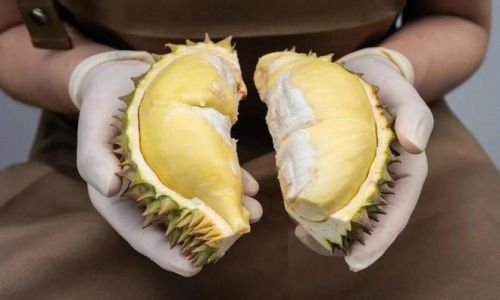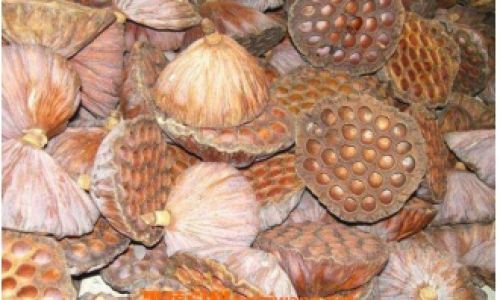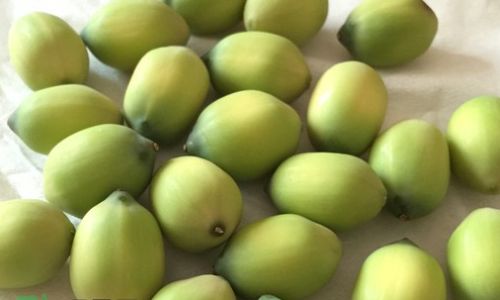Introduction
Durian, often hailed as the “king of fruits,” is renowned for its distinct, pungent aroma and creamy texture. Its unique flavor divides opinions sharply among food enthusiasts, with some adoring its rich, custard-like flesh while others find it overpowering. For those who appreciate its indulgent taste, preserving durian’s freshness and flavor is paramount, especially when enjoying it out of season or in regions where it isn’t natively grown. One innovative method of preserving durian is through cryogenic freezing using liquid nitrogen. This process rapidly lowers the fruit’s temperature, locking in its natural flavors, textures, and nutrients. However, thawing durian that has been frozen in liquid nitrogen requires careful handling to ensure optimal taste and texture upon consumption. This comprehensive guide explores the intricacies of thawing durian frozen in liquid nitrogen, from understanding the freezing process to mastering the thawing techniques that yield the best results.
Understanding Liquid Nitrogen Freezing

Liquid nitrogen is a cryogenic substance with a temperature of approximately -196°C (-320°F). Its extreme coldness makes it ideal for rapid freezing, a process known as cryogenic freezing or flash freezing. When applied to durian, liquid nitrogen quickly removes moisture from the fruit’s cells, preventing the formation of large ice crystals that can damage cell structures and alter flavors. This rapid freezing also halts enzymatic activity and microbial growth, effectively preserving the durian’s quality for extended periods.
The process typically involves immersing whole durian fruits or their pulp in liquid nitrogen or exposing them to a nitrogen-rich environment for a brief duration. Once frozen, the durian can be stored in specialized freezers that maintain cryogenic temperatures until ready for use. The rapid freezing not only preserves the durian’s natural state but also allows for easier transportation and storage without the risk of spoilage.
Why Thawing Matters
While liquid nitrogen freezing extends durian’s shelf life and preserves its quality, thawing is a crucial step that can significantly impact the final eating experience. Improper thawing can lead to the formation of ice crystals, which can alter the durian’s texture and flavor. It’s essential to adopt a methodical approach to thawing to ensure the durian retains its creamy consistency and rich, aromatic profile.
Thawing Techniques: A Detailed Analysis
Several methods can be employed to thaw durian frozen in liquid nitrogen, each with its own set of advantages and considerations. The choice of method often depends on factors such as the desired speed of thawing, the quantity of durian being thawed, and personal preference for texture and flavor.
Refrigerator Thawing
Refrigerator thawing is the slowest but most gentle method, ideal for those who have the time and patience to wait. This method involves transferring the frozen durian from the freezer to the refrigerator, where it thaws at a controlled, consistent temperature. The refrigerator’s cooler temperatures prevent the rapid melting that can lead to texture degradation.

Steps:
- Remove the frozen durian from its cryogenic storage and place it in a sealed, airtight container to prevent freezer burn and absorption of refrigerator odors.
- Place the container in the refrigerator’s coldest section, typically the bottom shelf.
- Allow the durian to thaw overnight or for several hours, depending on its size and the refrigerator’s temperature.
- Once thawed, the durian can be consumed immediately or kept in the refrigerator for a few days.
Advantages:
- Gentle thawing process preserves texture and flavor.
- Low risk of bacterial growth due to consistent, low temperatures.
Disadvantages:
- Time-consuming, requiring several hours to days for complete thawing.
- Requires refrigerator space.
Cold Water Bath Thawing
For a faster thawing option, a cold water bath can be used. This method leverages the heat transfer properties of water to accelerate the thawing process while still maintaining a low temperature to prevent texture damage.
Steps:
- Fill a large bowl or sink with cold water, ensuring it’s not icy but still significantly cooler than room temperature.
- Place the frozen durian in a sealed, waterproof bag or container to prevent water absorption.
- Submerge the sealed durian in the cold water bath.
- Change the water every 30 minutes to maintain its coldness and continue the thawing process.
- Monitor the durian closely, as it can thaw quickly, especially in smaller pieces.
- Once thawed, pat the durian dry and consume immediately or refrigerate for later use.
Advantages:
- Faster than refrigerator thawing.
- Maintains texture and flavor better than room temperature thawing.
Disadvantages:

- Requires constant monitoring and water changes.
- Increased risk of bacterial growth if not handled properly.
Microwave Thawing (Not Recommended)
While microwave thawing is the fastest method, it is generally not recommended for durian due to the risk of uneven heating and texture degradation. Microwaves can cause hot spots that overcook parts of the durian while leaving others frozen, leading to an unpleasant eating experience.
Steps:
- Place the frozen durian in a microwave-safe dish.
- Defrost on a low power setting, typically 20-30% power, in short intervals (e.g., 30-60 seconds).
- Pause frequently to check and stir the durian to ensure even thawing.
- Be cautious of overcooking, as microwaves can quickly transition from thawing to cooking.
Advantages:
- Extremely fast thawing time.
Disadvantages:
- High risk of uneven thawing and texture damage.
- Potential for overcooking and loss of flavor.
Room Temperature Thawing
Room temperature thawing is the least controlled method and should be avoided due to the risk of bacterial growth and texture degradation. However, in situations where other methods are unavailable, it can be used with caution.
Steps:

- Place the frozen durian on a plate or tray to catch any melting ice.
- Allow it to thaw at room temperature, which can take several hours depending on the durian’s size and room temperature.
- Once thawed, consume immediately to minimize the risk of bacterial growth.
Advantages:
- No special equipment required.
- Fastest method if other options are unavailable.
Disadvantages:
- High risk of bacterial growth and food poisoning.
- Likely to alter texture and flavor due to uneven thawing and potential warming.
Best Practices for Thawing Durian
Regardless of the thawing method chosen, several best practices can enhance the process and ensure optimal results:
- Proper Storage: Ensure the frozen durian is stored in an airtight container to prevent freezer burn and absorption of unwanted odors.
- Monitoring: Regularly monitor the thawing process, especially when using methods like the cold water bath, to prevent over-thawing or uneven heating.
- Immediate Consumption: Once thawed, consume the durian promptly to minimize the risk of bacterial growth. If not consumed immediately, refrigerate it for no longer than a few days.
- Flavor and Texture Preservation: Avoid thawing and refreezing durian, as this can degrade its texture and flavor.
- Hygiene: Handle thawed durian with clean utensils and surfaces to prevent cross-contamination.
Conclusion
Thawing durian frozen in liquid nitrogen requires careful consideration to ensure the fruit retains its signature creamy texture and rich flavor. By choosing the right thawing method and adhering to best practices, durian enthusiasts can enjoy this king of fruits at its best, whether enjoyed fresh, incorporated into desserts, or used in cooking. Whether opting for the gentle refrigerator thaw, the faster cold water bath, or avoiding the less desirable microwave and room temperature options, the key lies in patience, attention to detail, and a love for the unique delights of durian. With the right approach, thawing durian frozen in liquid nitrogen can be a rewarding experience that brings out the best in this extraordinary fruit.





0 comments